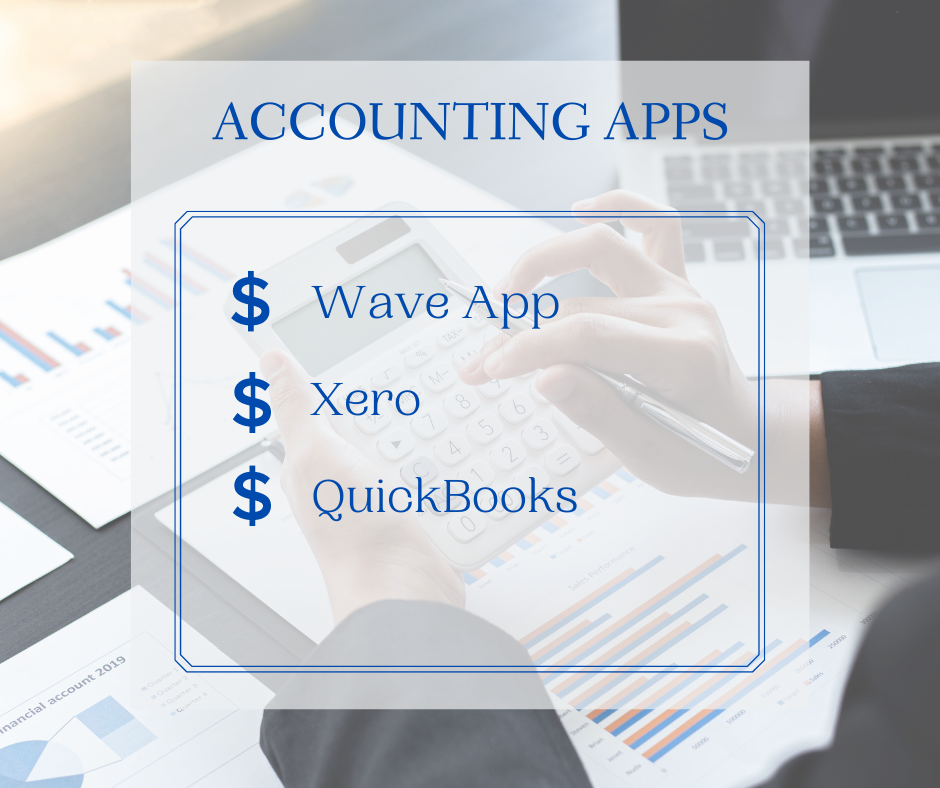
The article was written by: Suzy Wraines
When it comes to business numbers most people have some sort of fear around it. The fear comes from either not understanding the numbers or not being good at calculating numbers. One way to get over the fear of numbers is to simplify how you look at them.
Let’s simplify by only looking at the numbers you need to know in your business. Any other numbers that come up you can set aside (for now) until you get comfortable with these.
The business numbers you need to know are:
- Sales Income
- Operating Expenses
- Salary
- Tax Expense
Let’s look at each of these in more detail…
Sales Income
When it comes to sales income there are two ways to track the numbers.
- Income dollars (revenue)
- Number of sales (services sold)
By tracking both of these numbers you will be able to see how many (number of services sold) at the price set you need to create the sales income goal you have set.
For example:
Number of services sold | Multiply | Price of services sales | Sales income dollars |
5 | X | $100.00 | $500.00 |
The purpose of tracking these numbers is to know how many services you need to sell. This will help you with your sales and marketing efforts.
The next set of numbers you will need to track will be expenses. I have broken them up into the main categories. Operating expenses, Salaries, and Tax Expenses.
Operating Expenses
 When it comes to operating expenses this would be tracking all money you spend to do business. How you keep track of all your business expenses is by having a separate bank account specifically for your business.
When it comes to operating expenses this would be tracking all money you spend to do business. How you keep track of all your business expenses is by having a separate bank account specifically for your business. If you are set up as a sole proprietorship or partnership you won’t need to set up a “legal” business bank account. It’s highly recommended that you have a separate bank account where all your business transactions (income and expenses) flow through.
If you are set up as a limited liability company or corporation you will need to open a business bank account with your legal business information.
If you are feeling confused reading about all the different types of business legal entities and are in the United States you can watch the small business tax workshop.
Here are some examples of operating expenses:
Expense Name | Amount | Category |
Internet | $80.00 | Internet fees |
Bookkeeper | $200.00 | Financial Services |
Social Media Ads | $500.00 | Advertising / Promotion |
How you can track your expenses is by having bookkeeping software or using a spreadsheet.
Using bookkeeping software is easier since it will sync with your bank and allow you to categorize your expenses very easily.
Most software has basic accounting reports that are used for tax purposes. Using a spreadsheet won’t give you automatic reports as easily.
Salary Expense
This is considered an operating expense since you will be paying people to work in your business. I separated it out because if you are starting out with just you working you need to make sure to pay yourself a salary.
Many new business owners will not pay themselves thinking they are saving money that can be used for the business. This is not a smart way to think. You need to account for how much the business will need to pay you.
Another reason to pay yourself is when you take a salary lowers your overall taxable income. This means less taxes to pay. That’s always good.
Talk to your accounting professional about what the best way is to pay yourself. If you aren’t sure how to pay yourself right now the best thing to do is to set aside the amount you plan to pay yourself into a separate bank account.
Once you know how to pay yourself on paper you can take the money out.
Tax Expense
We don’t like paying taxes but it is required by everyone who has income. Since it’s required we might as well dive in and understand how to do it legally and properly. In this artic,le I will be only addressing paying taxes in the United States. I’m not familiar with the tax laws in other countries. If your business is not in the United States I recommend researching your country's website for information pertaining to paying taxes in your country.
For more information about business taxes in the United States, this basic tax workshop is a great resource.
To be clear, I’m not a tax professional and what I share in this article is from my own experience and from resources I have found.
When it comes to paying taxes remember there are two different types of income.
- Income
- Taxable Income
The difference between these types of income are:
Income is all the money you collect from sales, donations, and investments.
Taxable income is the portion of your income that you are required to pay taxes on.
So how do you know how much of your income is taxable income?
Great question.
The way you calculate this is by deducting all expenses required to run your business from your total income. What is left over is the taxable income amount.
For example:
Total income = $100,000
Business Expenses = $20,000
$100,000 - $20,000 = $80,000
Taxable income = $80,000
Now that you know your taxable income you will calculate the percentage of that income based on the tax rate set by the state and federal government.
For example:
Taxable income = $80,000
Government says you must pay 10% in taxes.
Your tax expense will be $8,000.

I know that was lots of calculations. The great thing is you can track all these through accounting software. There are many types of software out there
The top three I recommend researching are:
Each of these has advantages and disadvantages. It’s important to write down what exactly you are tracking in your business and choose the accounting tool that works best for you.
In conclusion…
The business numbers you need to know are:
- Sales Income
- Operating Expenses
- Salary
- Tax Expense
By only focusing on the key numbers needed to run your business it takes the overwhelm and confusion out of it. If you start with your sales numbers and work through each number type you will have created an easy-to-follow system for understanding your business numbers.
















0 Comments